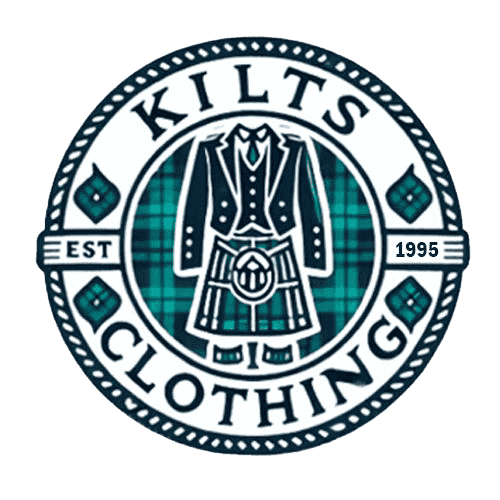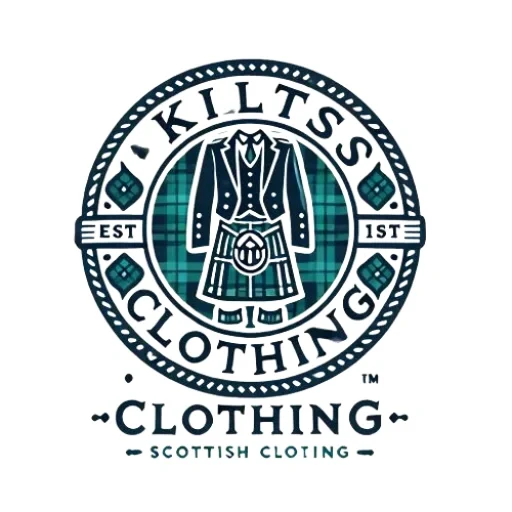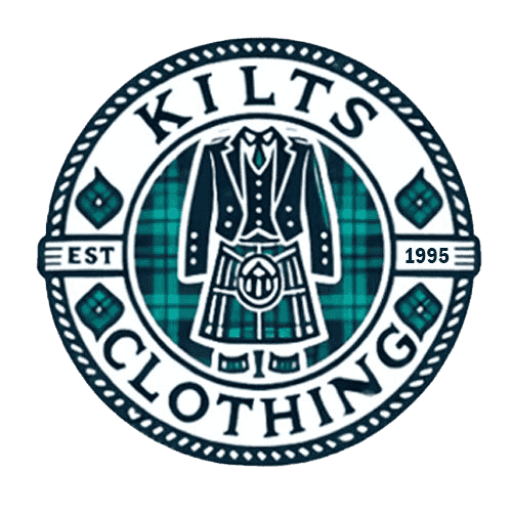Fashion Fusion: Blending Kilt Accessories with Modern Streetwear
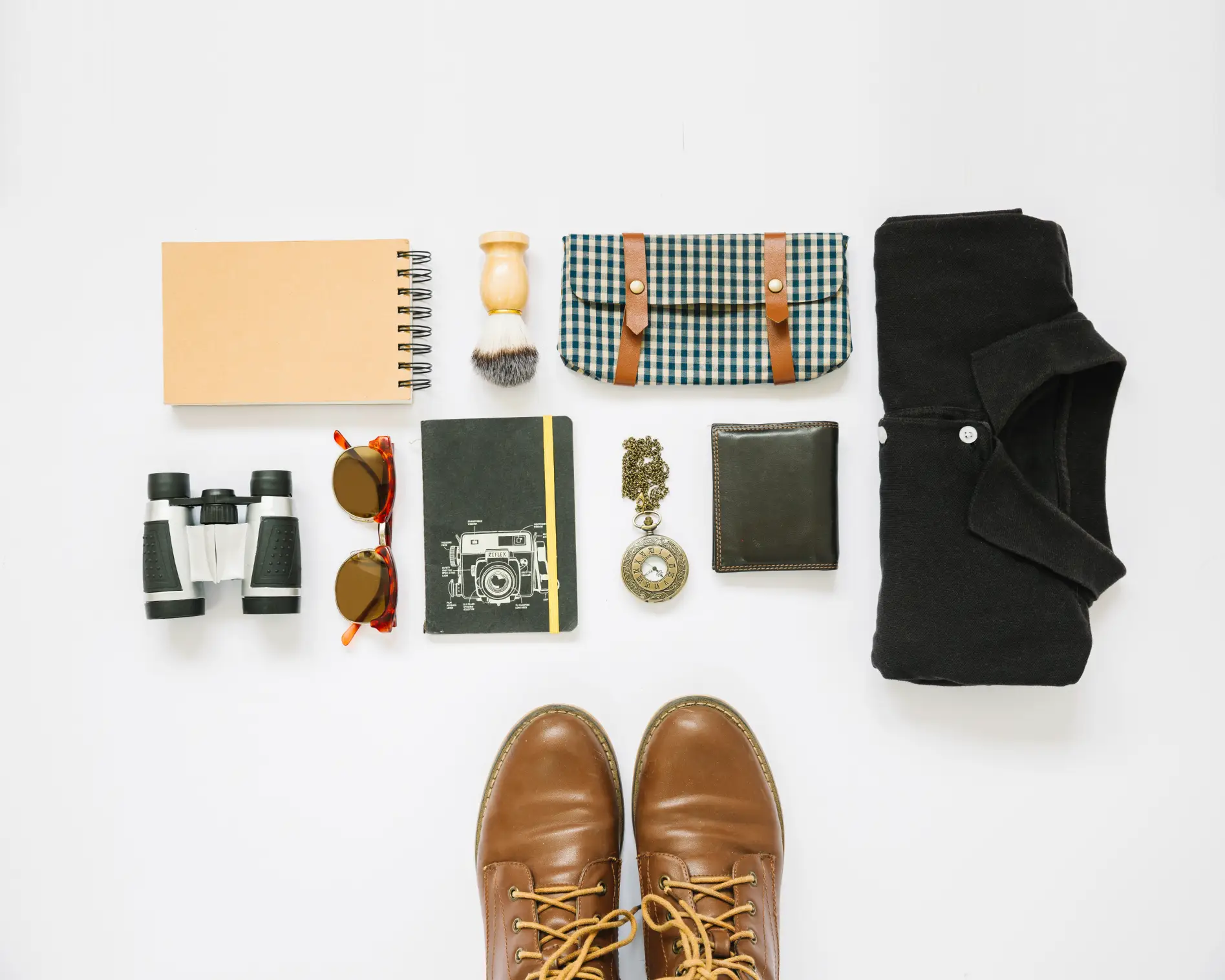
Fashion is an ever-evolving landscape where tradition and innovation constantly collide, creating fresh and exciting trends. One such trend that has captivated the modern style-conscious is the fusion of traditional kilt accessories with contemporary streetwear. This blend not only pays homage to the rich heritage of Scottish Highland dress but also reinvents it for the modern age. Whether you're a fashion enthusiast or someone curious about why guys wear kilts, this trend is reshaping perceptions and offering a unique way to make a statement. The rise of kilts clothing in modern fashion further highlights this unique blend, allowing wearers to embrace tradition while expressing their personal style.
Understanding the Kilt: A Symbol of Tradition and Identity
The kilt is more than just a pleated skirt; it’s a garment steeped in history and cultural significance. Originating from Scotland, the kilt has long been associated with the Scottish Highland dress, a national dress of Scotland that symbolizes pride, honor, and tradition. The kilt's design, featuring a tartan pattern, is a nod to Scotland's clans, with each pattern representing a different family or region.
The Meaning of Kilts and Their Cultural Significance
Kilts are often worn during significant cultural events and celebrations, such as weddings, Highland games, and royal ceremonies. But why do guys wear kilts? The answer lies in the kilt's deep-rooted cultural importance. For many, wearing a kilt is a way to honor their Scottish heritage and connect with their ancestors. The kilt is also a symbol of resilience and resistance, especially during times when wearing tartan was banned under British rule.
The Modern Kilt: From Tradition to Streetwear
In recent years, the kilt has transcended its traditional boundaries, finding its place in the world of modern fashion. Designers and fashion enthusiasts alike have embraced the kilt, blending it with contemporary styles to create a look that is both unique and versatile. This fashion fusion has led to the rise of kilt clothing, a term that encompasses modern interpretations of the kilt, including kilt-inspired skirts and outfits.
How Kilt Accessories Enhance Your Streetwear Look
Incorporating kilt accessories into your streetwear ensemble is an excellent way to add a touch of tradition to your modern outfit. From sporrans (the small pouches worn with kilts) to kilt pins and ghillie brogues, these accessories can elevate your look and make a bold fashion statement. When paired with contemporary pieces like graphic tees, leather jackets, and sneakers, kilt accessories bring a unique edge to your outfit, merging the old with the new in a seamless manner.
Kilt-Inspired Skirts: A Fashion Statement for All
The kilt has also inspired a variety of skirt designs, particularly pleated skirts that echo the traditional Scottish tartan pattern. These kilt-inspired skirts are popular not only in women's fashion but also in men's, offering a versatile and gender-inclusive option for those who want to embrace this trend.
Women's Pleated Skirts: A Nod to Scottish Tradition
Women's pleated skirts, especially those featuring tartan patterns, are a fashionable way to incorporate the kilt's heritage into everyday wear. These skirts can be dressed up or down, making them suitable for various occasions, from casual outings to formal events. The versatility of pleated tartan skirts allows women to express their style while paying tribute to Scottish culture.
Pleated Skirts for Men: Breaking Gender Norms
In recent years, pleated skirts for men have gained popularity, challenging traditional gender norms and offering a fresh take on kilt-inspired fashion. These skirts are not just a statement piece but also a way to embrace comfort and style. Paired with modern streetwear elements, pleated skirts for men create a look that is both bold and sophisticated.
The Influence of Scottish and Irish Kilts on Modern Fashion
The influence of Scottish and Irish kilts extends beyond traditional attire and has significantly impacted modern fashion. From runway shows to everyday streetwear, the kilt and its associated elements have inspired countless designers and fashion enthusiasts.
Scottish Plaid and Tartan: A Timeless Pattern
The Scottish plaid, also known as tartan, is a timeless pattern that has made its way into various fashion collections worldwide. Tartan pleated skirts, in particular, have become a staple in many wardrobes, offering a classic yet modern look. Whether you're opting for a Scottish pleated skirt style or an Irish-themed pleated skirt, the tartan pattern remains a symbol of elegance and tradition.
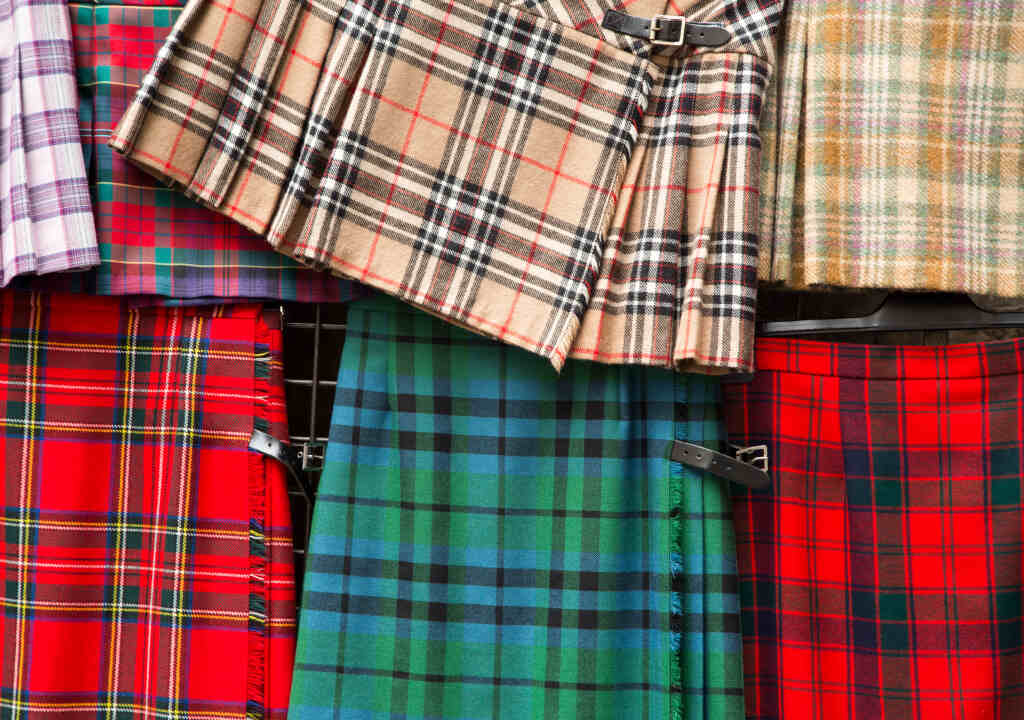
Irish Pleated Skirts: A Unique Cultural Fusion
Irish pleated skirts, often featuring distinct tartan patterns, are another example of how traditional garments have influenced modern fashion. These skirts blend Irish and Scottish elements, creating a unique cultural fusion that appeals to fashion enthusiasts globally. The incorporation of Celtic patterns and designs adds a layer of depth to these skirts, making them a meaningful addition to any wardrobe.
Royal Influence: Kilts in British Royalty
Kilts have also found their place in the wardrobes of British royalty, further cementing their significance in both tradition and modern fashion. Members of the royal family, including Prince William and Prince Charles, have been seen wearing kilts during various official ceremonies, showcasing the kilt as a symbol of British and Scottish heritage.
Kilts in Royal Ceremonies: A Tradition Passed Down
The British royal family has a long history of wearing kilts during significant events, highlighting the importance of this garment in royal traditions. Kilts worn by royals are often made from British royal tartan, a pattern that holds special meaning and is reserved for the royal family. This tradition of wearing kilts during royal ceremonies underscores the garment's enduring significance and its ability to bridge the gap between tradition and modernity.
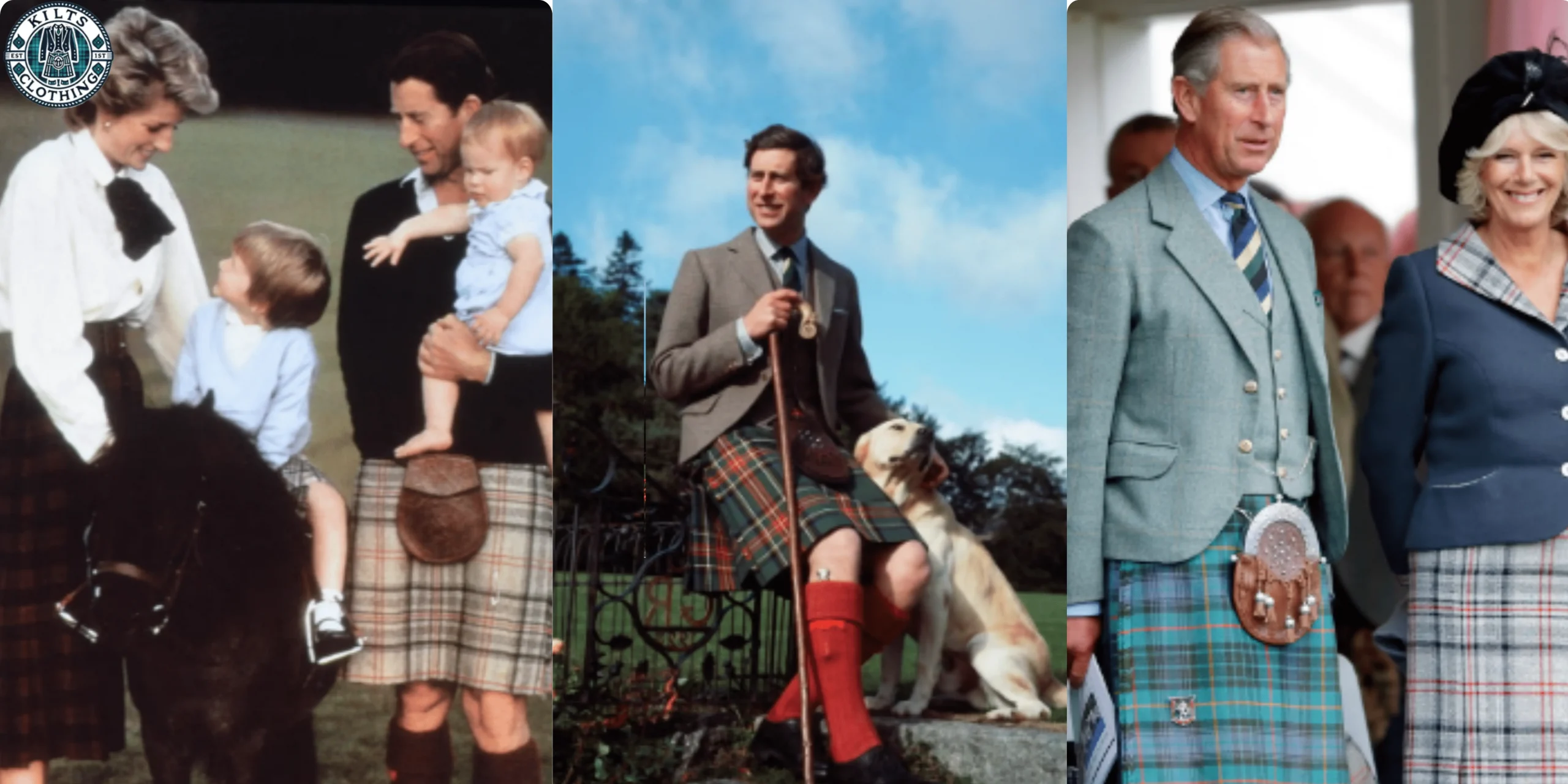
How to Style Kilts and Pleated Skirts for a Modern Look
Blending kilt-inspired pieces with modern streetwear requires a balance of traditional and contemporary elements. Here are some tips on how to style kilts and pleated skirts for a fashion-forward look:
- Pair with a Graphic Tee: A graphic tee adds a modern twist to a traditional kilt or pleated skirt. Opt for bold prints or slogans to make a statement.
- Layer with a Leather Jacket: A leather jacket adds an edgy vibe to your outfit, contrasting the traditional elements of the kilt or skirt.
- Choose the Right Footwear: Sneakers or combat boots work well with kilts and pleated skirts, offering comfort and style.
- Accessorize Thoughtfully: Incorporate kilt accessories like sporrans, kilt pins, and ghillie brogues to enhance your look without overwhelming it.
- Mix and Match Patterns: Don't be afraid to mix tartan with other patterns like stripes or florals. The key is to find a balance that works for your style.
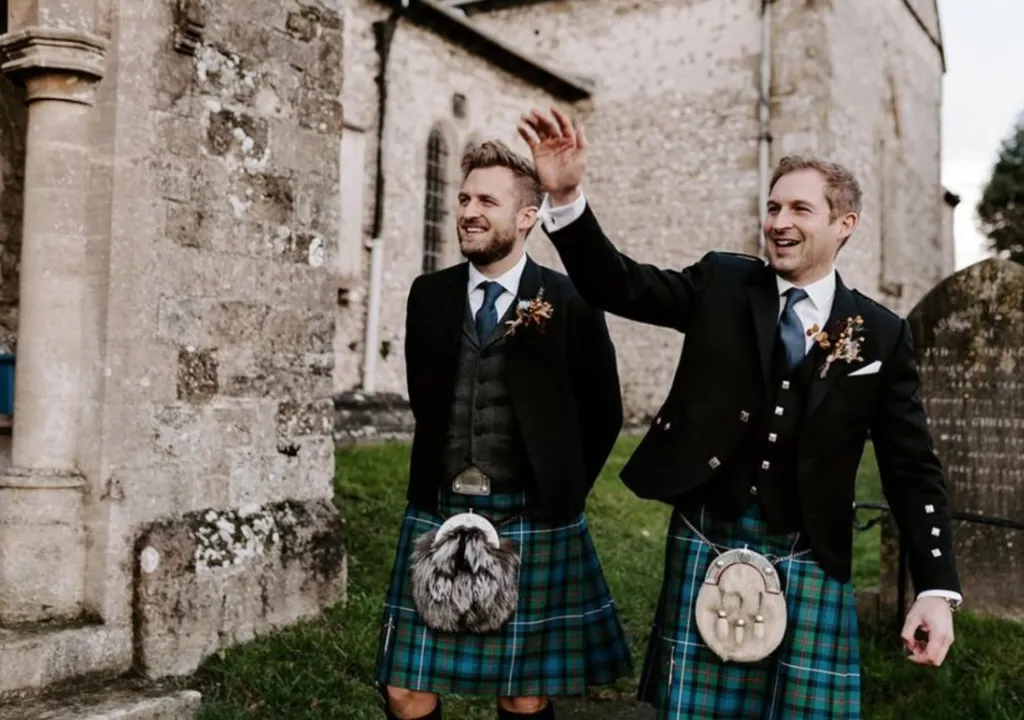
The Future of Kilt-Inspired Fashion
As fashion continues to evolve, the fusion of traditional garments like kilts with modern streetwear will likely grow in popularity. This trend not only honors the rich history and cultural significance of the kilt but also offers a new way for individuals to express their unique style.
Embracing Cultural Heritage in Modern Fashion
The resurgence of kilt-inspired fashion reflects a broader movement toward embracing cultural heritage in contemporary style. By blending elements of Scottish and Irish dress with modern fashion, individuals can celebrate their roots while staying ahead of the fashion curve.
Gender-Inclusive Fashion: Breaking Boundaries
The rise of pleated skirts for men and gender-inclusive fashion is a testament to the evolving nature of style. As more people embrace this trend, traditional garments like kilts will continue to be reimagined and reinvented, offering endless possibilities for self-expression.
Conclusion: Fashion Fusion at Its Finest
This fusion of tradition and modernity is more than just a trend; it's a celebration of cultural heritage and a testament to the ever-evolving nature of fashion. Whether you’re donning a kilt, a pleated skirt, or simply adding kilt accessories to your outfit, you’re participating in a fashion movement that honors the past while embracing the future.
FAQs
Kilts are worn by men as a way to honor Scottish heritage, celebrate cultural events, and connect with ancestral traditions. They are also seen as a symbol of pride and identity.
Kilt accessories include items like sporrans, kilt pins, and ghillie brogues. These accessories can be styled with both traditional kilts and modern streetwear to add a unique, cultural touch to your outfit.
Yes, women can wear kilts or kilt-inspired skirts. Pleated tartan skirts are especially popular in women’s fashion, offering a versatile and stylish option that pays homage to Scottish tradition.
Yes, pleated skirts for men are gaining popularity as fashion becomes more inclusive and breaks traditional gender norms. These skirts offer comfort and style, making them a bold statement piece in modern fashion.
The kilt has significantly influenced modern fashion, inspiring kilt clothing and kilt-inspired designs like pleated tartan skirts. These elements have been incorporated into both high fashion and streetwear, blending tradition with contemporary style.
Tartan is a patterned cloth traditionally associated with Scottish clans. Each tartan pattern represents a different family or region, and it holds deep cultural and historical significance in Scotland.
